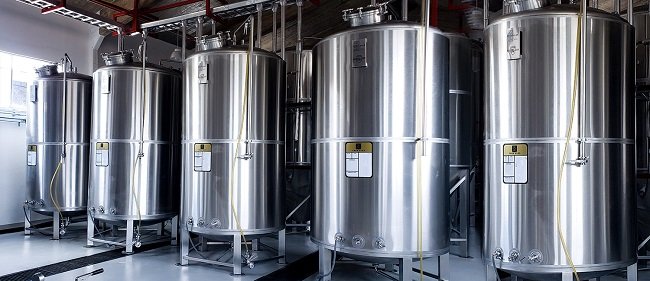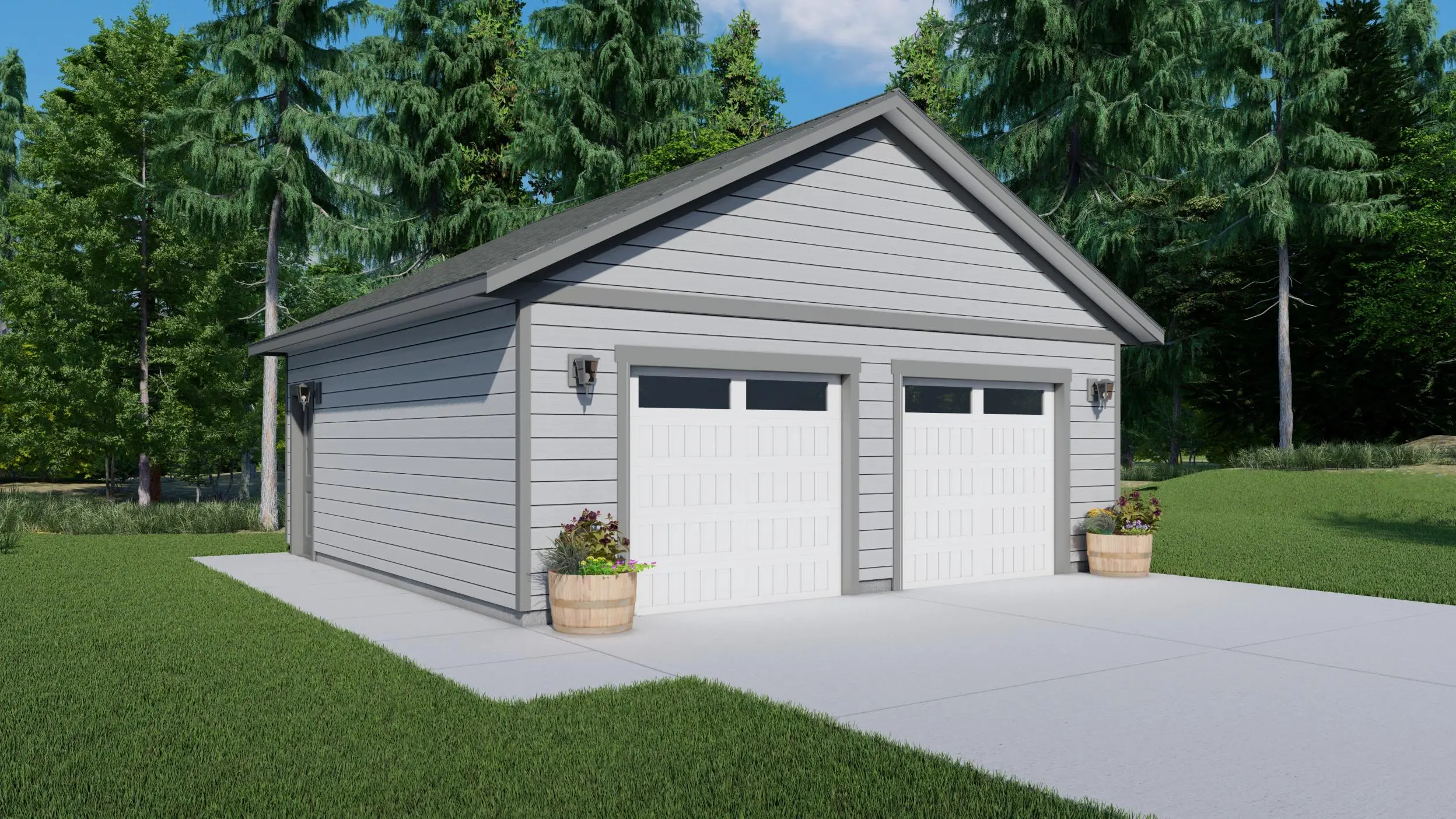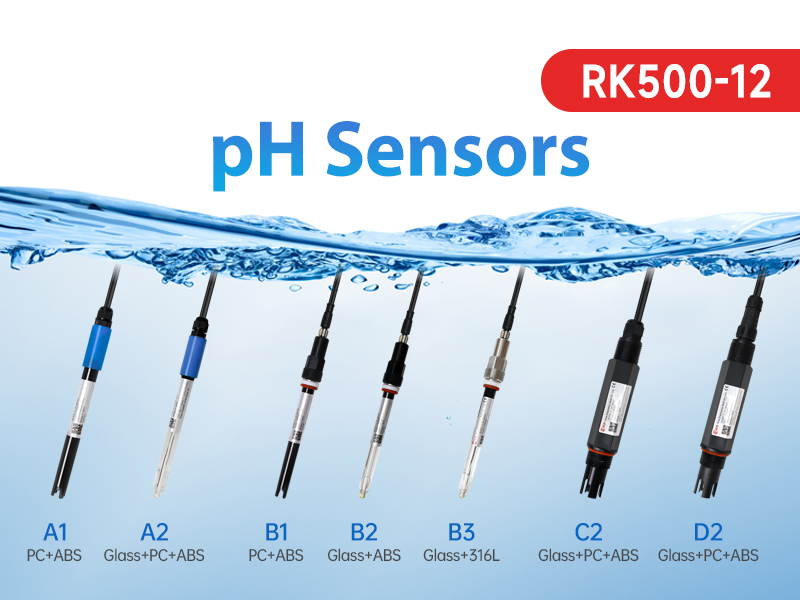Selecting the appropriate blending tank for your industrial processes is a crucial decision that can significantly impact the efficiency, quality, and scalability of your production. With the variety of tank designs, materials, and features available, making an informed choice requires a thorough understanding of your operational needs. This comprehensive guide will walk you through the key factors to consider when choosing the right blending tank for your industry.
1. Understanding Your Application
The first step in selecting a blending tank is understanding the specific requirements of your application. Different industries and processes may demand specialized tank features to achieve optimal performance. Key considerations include:
- Type of materials: Are you mixing liquids, powders, or highly viscous substances?
- End product: What consistency, homogeneity, and quality does the final product require?
- Industry standards: Are there regulations, such as FDA or GMP compliance, to consider for your application?
Each industry — whether it’s food and beverage, pharmaceuticals, chemicals, or cosmetics — has distinct needs that will influence the type of blending tank you choose.
2. Tank Material Selection
The material of the blending tank is one of the most critical factors. The tank must be compatible with the materials being blended to prevent contamination, corrosion, or wear. Common tank materials include:
- Stainless Steel: Widely used in food, beverage, and pharmaceutical industries due to its resistance to corrosion, ease of cleaning, and durability. It’s ideal for products that require sanitary conditions.
- Polypropylene/Plastic: Lightweight and cost-effective, plastic tanks are suitable for blending non-corrosive substances in some chemical or cosmetic applications.
- Carbon Steel: While durable and suitable for high-pressure environments, carbon steel tanks are prone to corrosion when exposed to certain chemicals or acids.
- Fiberglass-Reinforced Plastic (FRP): Corrosion-resistant and lightweight, FRP tanks are suitable for blending corrosive chemicals but may not be suitable for food-grade applications.
Consideration: Chemical Compatibility
If your process involves aggressive chemicals, acids, or bases, the material selection must account for chemical compatibility to ensure longevity and prevent contamination.
3. Capacity and Volume Requirements
The size and capacity of the blending tank are directly related to your production needs. It’s essential to match the tank volume to your batch size and scalability requirements.
- Small-scale production: For research labs or pilot plants, smaller tanks (ranging from a few liters to several hundred liters) may suffice.
- Large-scale production: In manufacturing plants with high production volumes, tanks can range from hundreds to thousands of gallons.
Tip: Consider Future Growth
It’s beneficial to invest in a blending tank that can accommodate future production increases. Tanks that are too small may limit growth, while oversized tanks can lead to inefficient processing.
4. Mixing and Agitation Needs
Blending tanks come with various types of mixers or agitators to achieve the desired consistency. The choice of agitation system will depend on the properties of the materials being blended, such as viscosity and mixing speed.
- Low-Shear Mixing: For gentle blending of sensitive ingredients (e.g., in pharmaceuticals or cosmetics), low-shear mixers like paddle or anchor agitators are ideal.
- High-Shear Mixing: For highly viscous substances or emulsions (e.g., in the chemical industry), high-shear mixers like turbine or propeller agitators provide better results.
- Variable Speed Mixers: Some blending tanks are equipped with adjustable speed controls to allow fine-tuning of the mixing process, depending on the specific needs of each batch.
Consideration: Baffles and Flow Patterns
Internal baffles can help improve mixing efficiency by preventing vortex formation and ensuring uniform agitation. This is particularly important for larger tanks or more viscous materials.
5. Temperature and Pressure Control
For applications requiring precise temperature control, such as in the food or pharmaceutical industries, tanks may be equipped with:
- Heating Jackets: Surround the tank to provide uniform heat distribution for processes that involve melting or maintaining specific temperatures.
- Cooling Coils: Ideal for applications that require rapid cooling or temperature-sensitive processes.
- Pressure and Vacuum Control: For certain processes, pressure or vacuum environments may be necessary. Ensure that the blending tank can withstand and operate safely under these conditions.
Tip: Check Temperature Tolerance
Ensure the selected tank material and design can withstand the required temperature ranges without compromising the integrity of the tank or the product.
6. Automation and Control Systems
Modern blending tanks often come with integrated automation systems that enhance process control and efficiency. Features to consider include:
- Automated Ingredient Addition: Ensures accurate dosing of materials during the mixing process.
- Real-Time Monitoring: Sensors that track variables like temperature, pressure, and mixing speed can provide real-time data, ensuring consistent quality.
- Programmable Logic Controllers (PLCs): Allow operators to automate and repeat blending processes with minimal manual intervention.
Benefit: Enhanced Consistency and Productivity
Automation minimizes human error, reduces operational time, and ensures repeatable results in large-scale manufacturing.
7. Regulatory and Compliance Requirements
Different industries have stringent standards regarding hygiene, safety, and environmental impact. When selecting a blending tank, ensure it complies with:
- FDA Standards: For food, beverage, and pharmaceutical industries, tanks must meet hygiene standards, such as being easily cleanable and corrosion-resistant.
- GMP Compliance: Pharmaceutical applications often require Good Manufacturing Practices (GMP) compliance for sterile and controlled production environments.
- ATEX Certification: In the chemical industry, tanks handling flammable substances may need to be explosion-proof and ATEX-certified for safety in hazardous environments.
8. Maintenance and Cleaning
Regular maintenance and ease of cleaning are crucial for minimizing downtime and ensuring the longevity of your blending tank. Features to look for include:
- CIP (Clean-in-Place) Systems: Allow tanks to be cleaned without disassembly, reducing downtime in sanitary industries like food processing.
- Easy Access Ports: These enable manual cleaning or maintenance of internal components.
- Durability: Choose a tank material that resists wear, corrosion, and abrasion, which reduces the need for frequent repairs or replacements.
9. Cost Considerations
The cost of a blending tank can vary significantly depending on size, material, and complexity. While it’s essential to stay within budget, investing in a high-quality tank with advanced features can save money in the long run by reducing downtime, maintenance, and operational inefficiencies.
Tip: Weigh Initial Costs Against Long-Term Benefits
Although a lower-cost tank may seem attractive, it could lead to higher operational costs or frequent replacements. A durable, well-designed blending tank can offer long-term savings.
Conclusion
Choosing the right blending tank involves careful consideration of your industry’s specific needs, from material compatibility and capacity to mixing requirements and regulatory compliance. By thoroughly evaluating these factors and planning for future scalability, you can select a blending tank that maximizes efficiency, ensures product consistency, and supports your operational growth. Investing in the right equipment is key to enhancing productivity and maintaining a competitive edge in today’s industrial landscape.




